The shoebill stork, with its prehistoric appearance and remarkable hunting abilities, stands as one of nature’s most specialized predators. This massive bird, native to the swamps of East Africa, has evolved highly specific hunting tactics that define not only its feeding success but its very existence. Its methodical stalking, statue-like patience, and powerful, precise strike have become iconic in wildlife documentaries. But what would happen if these specialized hunting techniques suddenly disappeared? This question opens a fascinating window into the delicate balance of evolution, adaptation, and survival that shapes all specialized species in our natural world.
The Shoebill’s Unique Hunting Methodology
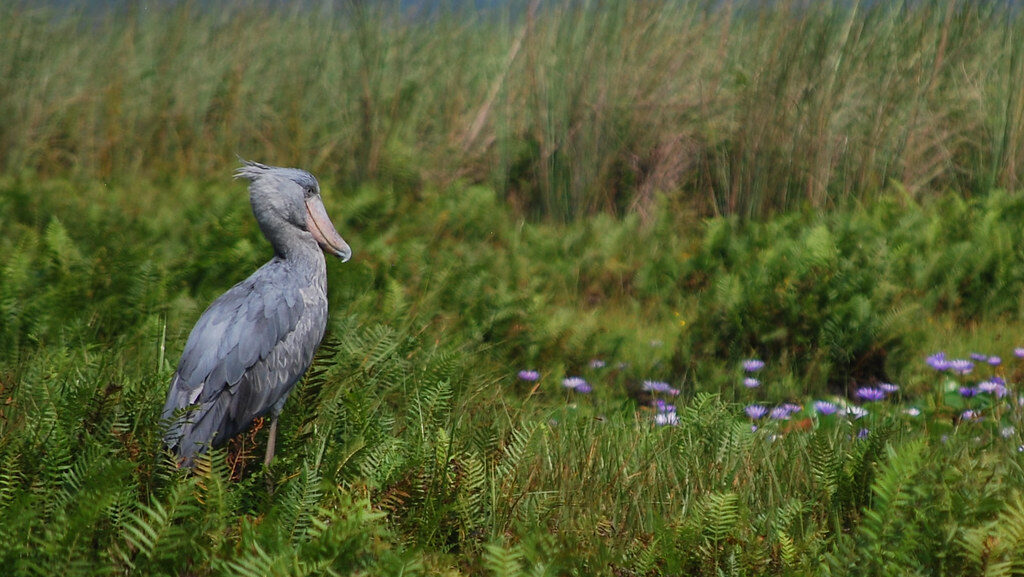
The shoebill employs a hunting strategy that borders on the supernatural in its precision and patience. These massive birds can stand motionless for hours, resembling nothing more than a gray statue among the reeds of their wetland homes. They wait for prey—primarily lungfish, catfish, and even small crocodiles—to come within range before executing a lightning-fast strike with their massive bill. This technique, developed over thousands of years of evolution, represents a perfect adaptation to their specific ecological niche. Unlike more generalist predators, the shoebill has invested evolutionary “capital” into a singular, highly effective hunting approach that yields high-calorie prey with minimal energy expenditure.
The Neurological Basis of Hunting Behavior
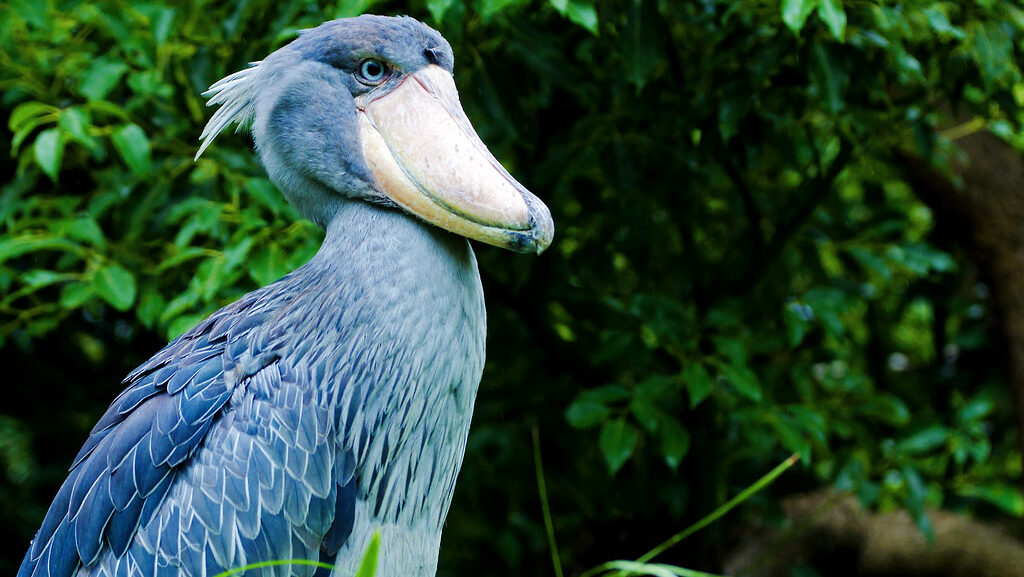
Hunting behaviors in specialized predators like the shoebill are hardwired into their neurological systems through complex genetic programming. The shoebill’s remarkable patience, visual acuity, and strike timing are controlled by specialized neural pathways that have been refined through natural selection. These behaviors aren’t simply learned but represent innate instincts that emerge as the bird matures. If these neurological foundations were to suddenly disappear—whether through genetic mutation, environmental toxins affecting brain development, or some other catastrophic change—the birds would effectively lose the instruction manual for their survival. Without these innate templates, even a physically perfect shoebill would find itself unable to execute the precise hunting sequence necessary for obtaining food.
Immediate Consequences of Hunting Failure
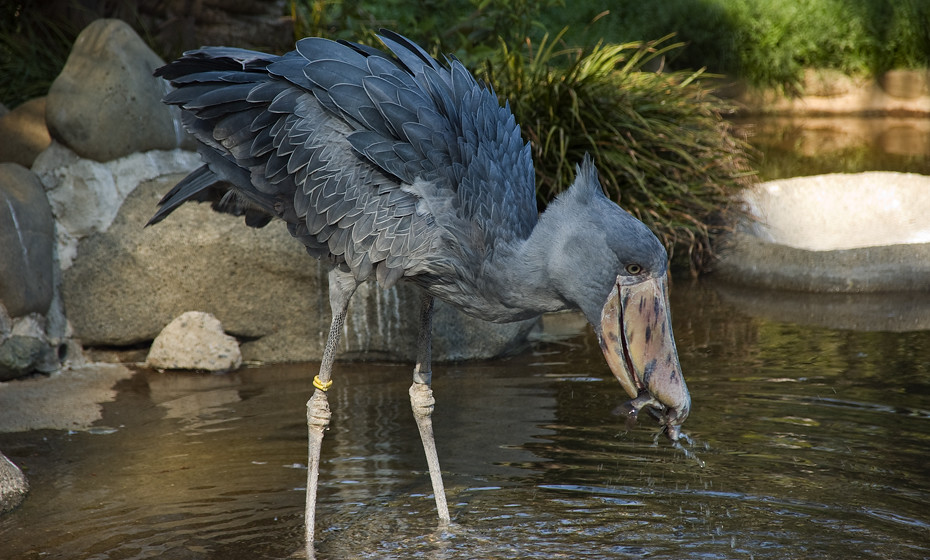
The most immediate and devastating consequence of losing hunting abilities would be widespread starvation among shoebill populations. Adult shoebills require substantial caloric intake to maintain their large bodies, with estimates suggesting they need to consume approximately 1-2 pounds of fish daily. Without successful hunting, this caloric requirement would go unmet, leading to rapid physical deterioration. Within weeks, affected birds would show signs of muscle wasting, weakened immune function, and decreased alertness. The energy reserves stored in their bodies would quickly deplete, leaving them vulnerable to diseases they might otherwise resist. For a species already classified as vulnerable with only 5,000-8,000 individuals remaining in the wild, such a widespread hunting failure could trigger a population collapse within a single season.
Impact on Shoebill Reproduction
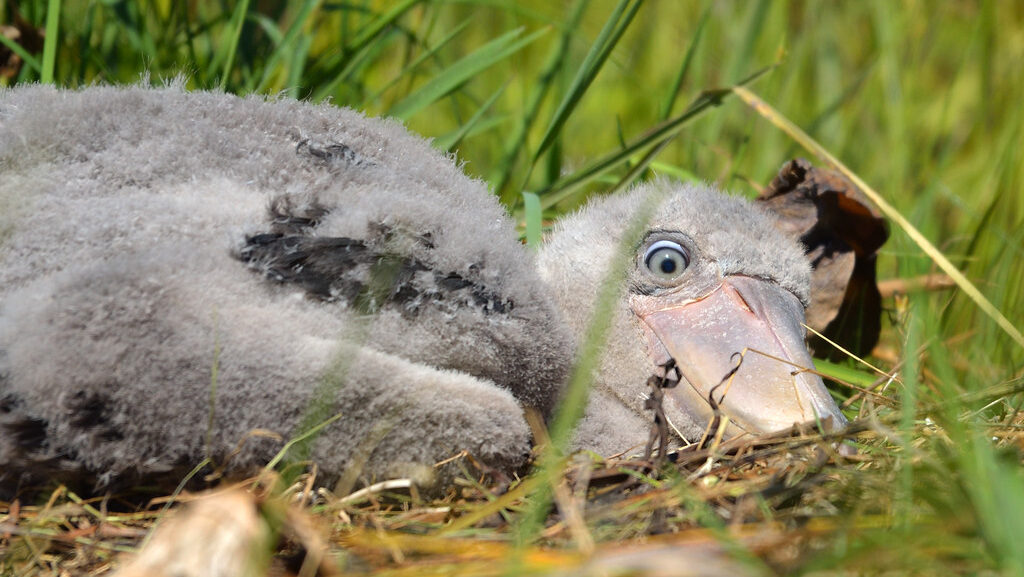
Reproduction would likely be the first biological function sacrificed in the face of hunting failure. Shoebills, like most large birds, require substantial energy reserves to successfully reproduce. Females need additional calories to produce eggs, while both parents invest heavily in nest building and the months-long process of raising a single chick. In the absence of successful hunting, breeding pairs would likely abandon reproductive efforts entirely. Even if some pairs attempted to breed, egg quality would suffer dramatically due to maternal malnutrition. Furthermore, the extended parental care period—which normally lasts 3-4 months post-hatching—would become impossible to sustain without reliable food sources. The cessation of successful reproduction would effectively place the species on a countdown to extinction, with each passing year reducing the remaining population.
Ecological Ripple Effects in Wetland Ecosystems
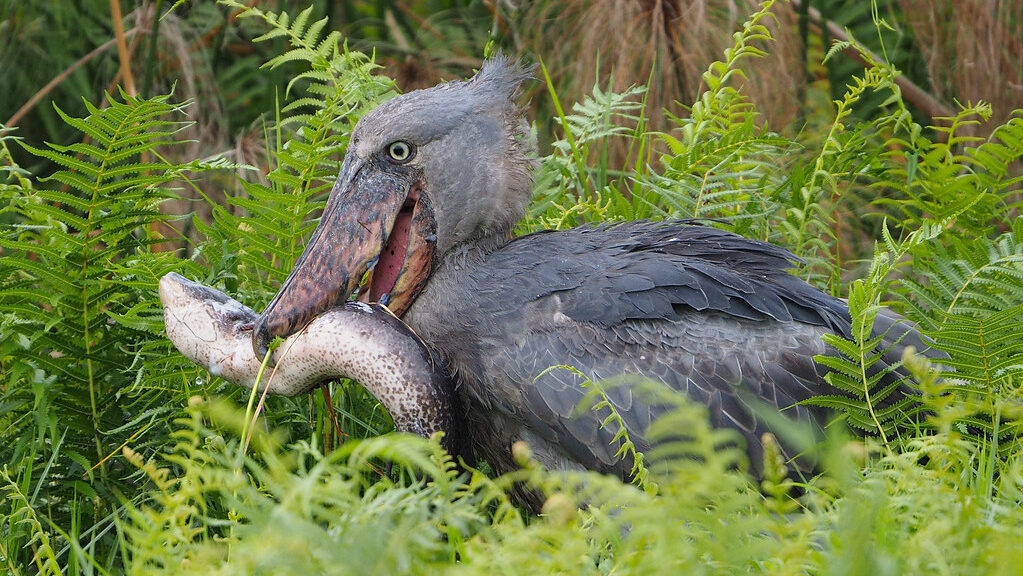
The disappearance of the shoebill’s predatory impact would trigger significant ecological ripple effects throughout their wetland habitats. As apex predators, shoebills help control populations of fish species like lungfish and catfish, preventing any single prey species from dominating the ecosystem. Without this predatory pressure, certain fish populations would likely experience rapid growth, potentially outcompeting other species and reducing overall aquatic biodiversity. The altered fish community composition could then affect water quality, plant growth patterns, and the success of other predator species that rely on similar prey. Wetland ecosystems, already under threat from human activity, would face yet another destabilizing force. These ecological consequences demonstrate how the hunting abilities of a single specialized species can have disproportionate effects on entire habitat systems.
Potential for Behavioral Adaptation
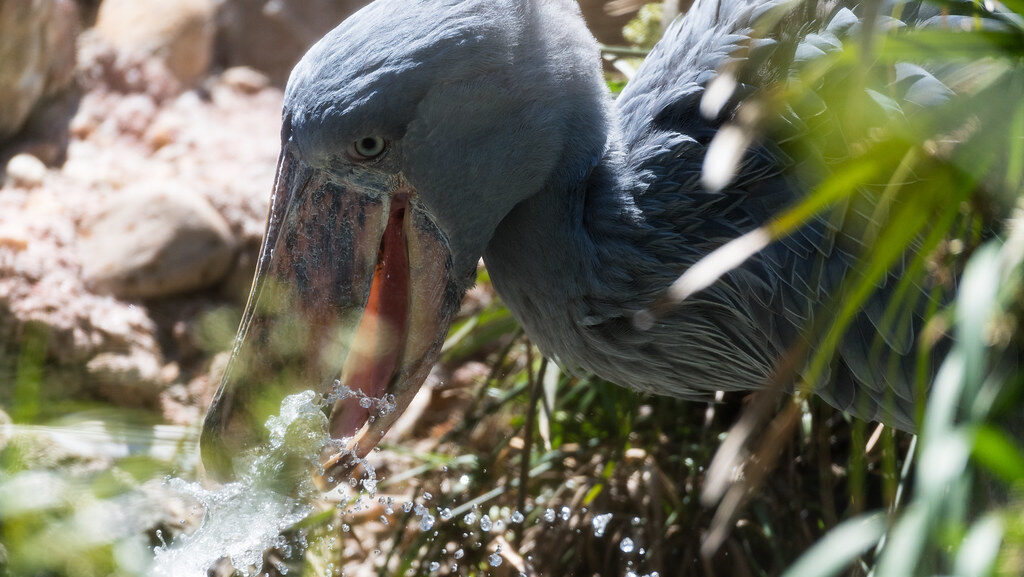
The question of whether shoebills could adapt to hunting failure depends largely on their behavioral plasticity—their ability to develop new behaviors in response to changing conditions. Unfortunately, highly specialized species typically display limited behavioral flexibility compared to generalist species. The shoebill’s hunting method has been refined over millennia to target specific prey in specific habitats, leaving little room for rapid adaptation. Field observations suggest shoebills rarely engage in alternative feeding strategies, such as scavenging or hunting smaller, more abundant prey. Their physical adaptations—including the massive bill designed for capturing and processing large fish—further constrain their ability to switch to different food sources. While individual birds might show some variation in hunting approaches, the species as a whole would likely struggle to develop entirely new feeding behaviors within the timeframe needed for survival.
Geographic Variation in Vulnerability
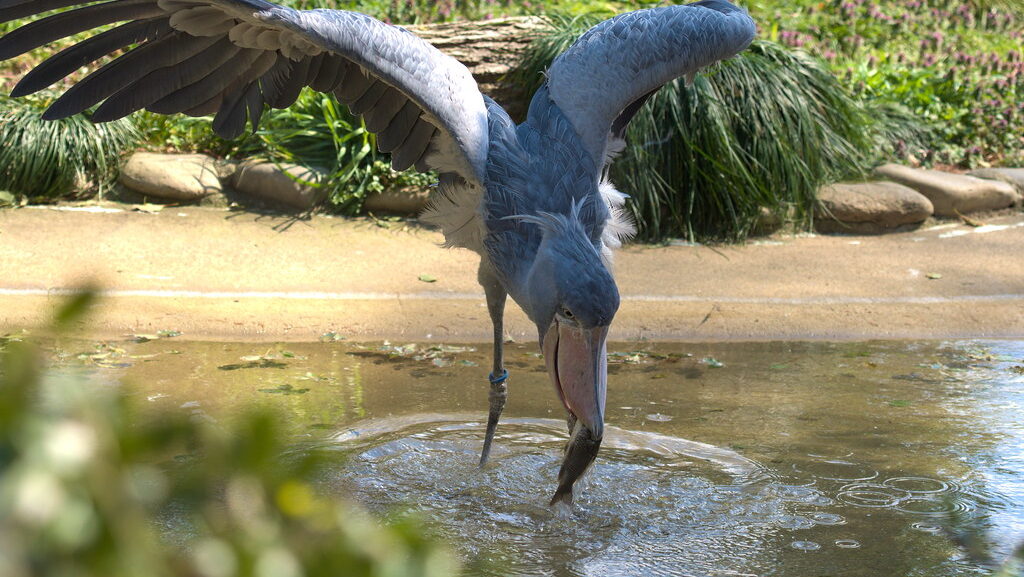
Not all shoebill populations would be equally affected by a loss of hunting abilities. Those inhabiting more diverse wetland ecosystems with multiple potential food sources might show greater resilience than populations in more specialized habitats. Birds living in areas with seasonal abundance of easy-to-catch prey (such as fish trapped in drying pools during seasonal changes) might manage to sustain themselves despite impaired hunting abilities. Geographic variation in human activities could also influence outcomes, with birds in protected areas potentially receiving conservation interventions more quickly than those in remote or conflict-affected regions. The shoebill’s range spans several countries including Uganda, South Sudan, and Tanzania, meaning that political borders and varying conservation capacities would create a patchwork of survival outcomes across their distribution range.
Parallels with Other Specialized Predators
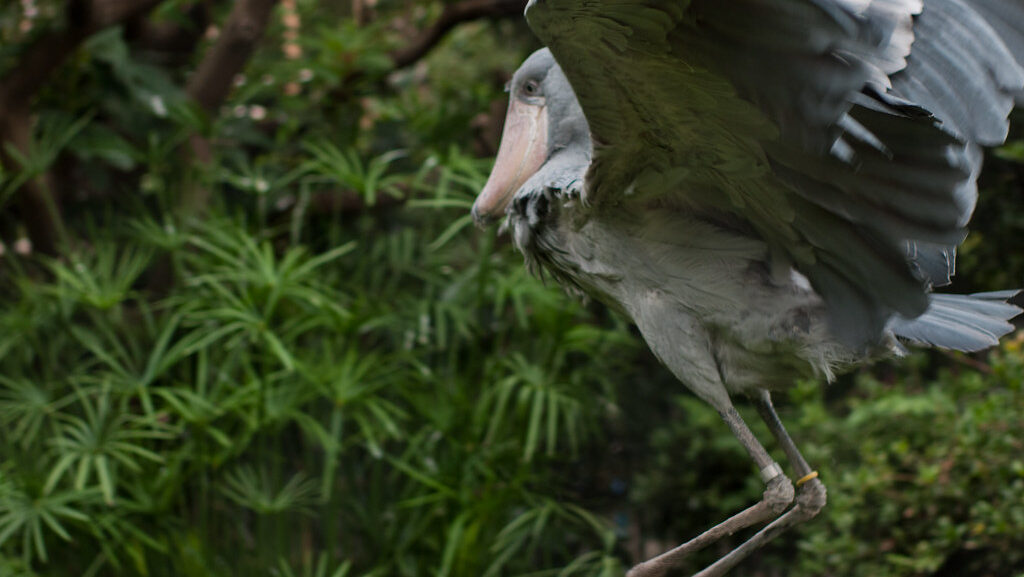
The shoebill’s predicament would mirror challenges faced by other highly specialized predators throughout evolutionary history. Species like the cheetah, with its singular focus on high-speed pursuit, or the koala, with its dependency on eucalyptus leaves, demonstrate how specialization can become a liability when conditions change. The fossil record reveals numerous instances of specialized hunters that disappeared when their prey base shifted or their hunting environments transformed. For instance, the saber-toothed cats (Smilodon) vanished when their specialized hunting tactics became ineffective against evolving prey species and changing environments. These historical parallels suggest that extreme specialization, while effective in stable conditions, creates significant vulnerability when dramatic ecological shifts occur. The shoebill’s potential crisis would represent just the latest chapter in this evolutionary pattern.
Conservation Implications and Human Intervention
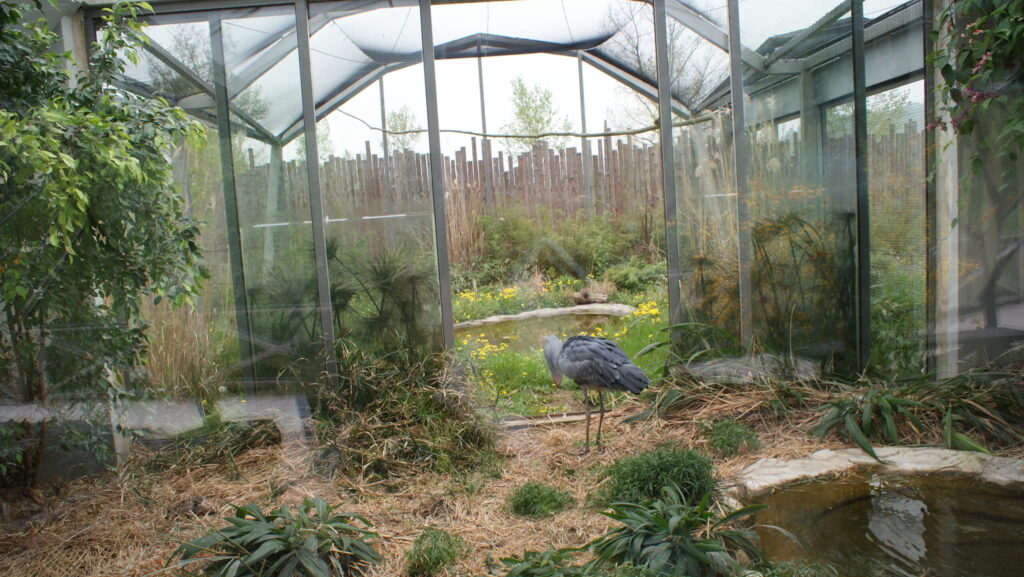
The loss of hunting abilities would necessitate immediate and intensive conservation interventions to prevent extinction. Wildlife rehabilitation specialists would need to develop emergency feeding protocols, potentially including force-feeding techniques similar to those used with oil spill victims or injured raptors. Captive breeding programs, already challenging with shoebills, would become essential for maintaining genetic diversity while field solutions were developed. Conservation organizations might attempt to teach alternative feeding behaviors through innovative training methods, though success would be far from guaranteed. Long-term solutions might include habitat restoration focused on creating environments where impaired birds could still access prey with minimal hunting skill. Such conservation efforts would require substantial funding, international cooperation, and rapid mobilization of wildlife management expertise across the bird’s range countries.
Genetic Considerations and Evolutionary Pressure
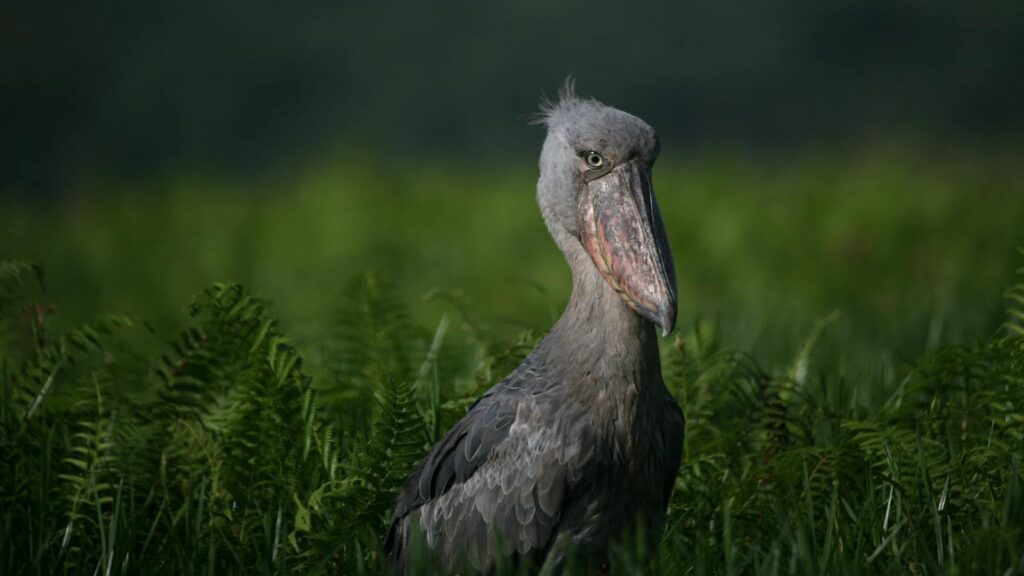
From an evolutionary perspective, the sudden disappearance of hunting abilities would create intense selection pressure favoring any individuals with genetic variations allowing alternative feeding strategies. If the hunting impairment had a genetic basis, natural selection would quickly eliminate these alleles from the population, provided some individuals retained functional hunting abilities. However, if the entire population lost hunting capabilities simultaneously due to an environmental factor, recovery would depend on random mutations producing beneficial variations—a much slower and less certain process. The shoebill’s naturally low genetic diversity, resulting from its specialized evolution and historically small population size, would further complicate recovery. With fewer genetic variations to draw upon, the species would have limited raw material for evolutionary adaptation, potentially extending recovery timelines beyond what the population could sustain.
Historical Context of Specialized Species Collapses
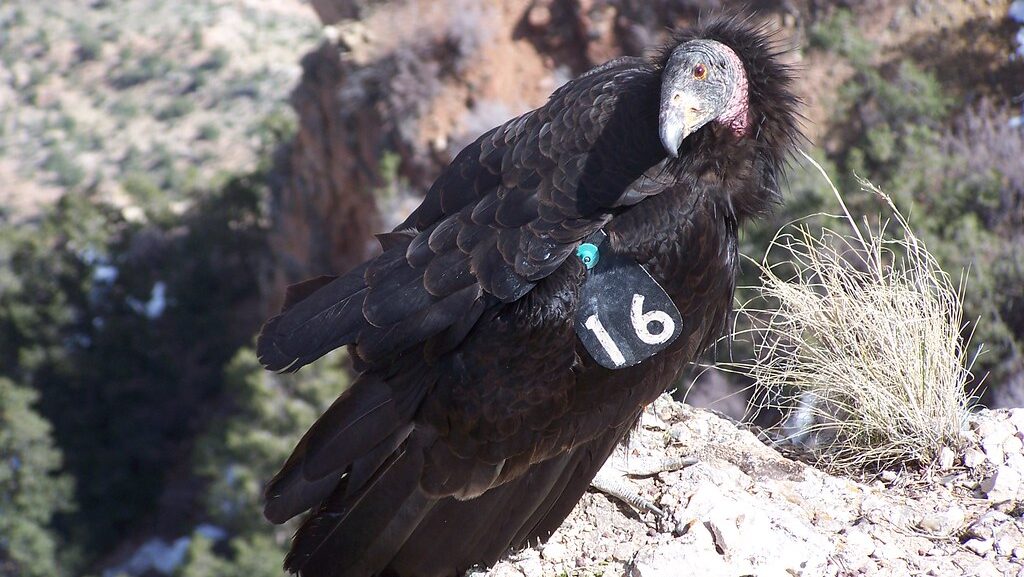
The potential collapse of shoebill populations would not occur in isolation but within the broader context of increasing biodiversity loss worldwide. Specialized species are often the first to disappear when ecosystems face novel challenges, acting as early warning indicators of environmental degradation. The California condor’s near-extinction due to lead poisoning, which impaired their specialized scavenging abilities, offers a parallel case where a specialized feeding strategy became suddenly unviable. The passenger pigeon, once numbering in the billions, collapsed rapidly when its specialized social foraging strategy became untenable due to habitat fragmentation and hunting. These historical examples demonstrate how quickly even abundant specialized species can collapse when key behaviors are compromised. The shoebill’s situation would represent a continuation of this troubling pattern, highlighting the vulnerability of highly adapted species in a rapidly changing world.
Could Technology Offer Solutions?
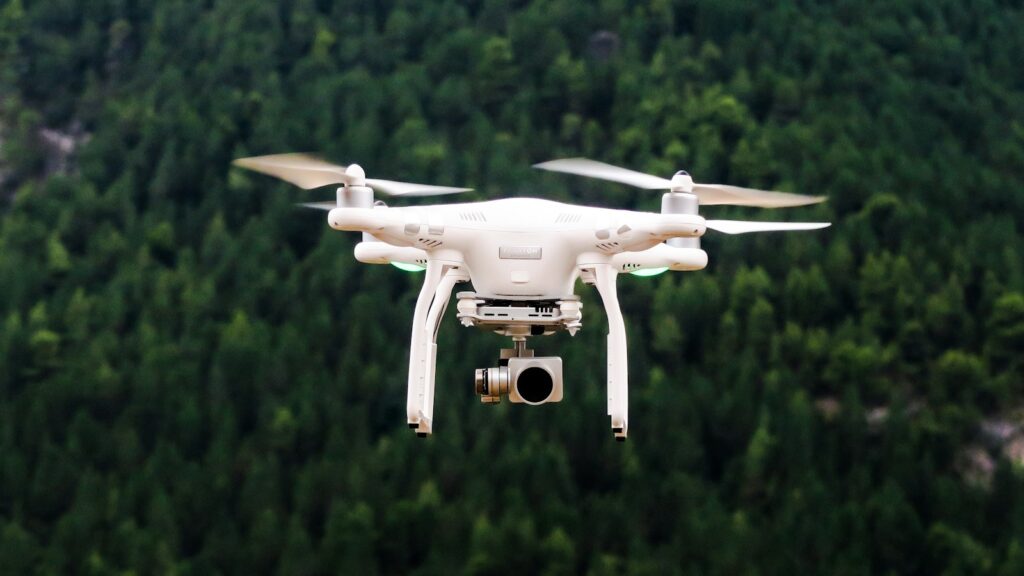
Emerging wildlife conservation technologies might offer novel approaches to addressing a hunting failure crisis. Drones equipped with thermal imaging could help locate and monitor affected birds, allowing for targeted intervention. Specialized feeding platforms designed to simulate natural hunting opportunities might help birds with partial hunting abilities to feed successfully. Wildlife tracking technologies could identify any individuals maintaining hunting success, potentially providing insights into resilience factors. In extreme scenarios, genetic technologies might even be considered to address neurological impairments affecting hunting behavior, though such approaches remain highly experimental and ethically complex. While technology could provide temporary support systems, however, it could not replace the intricate ecological relationships that have evolved over millennia. The most effective technological interventions would likely be those focusing on habitat preservation and restoration, maintaining the environmental conditions where even impaired birds might have the best chance of adaptation.
The Philosophical Dimensions of Specialized Adaptation
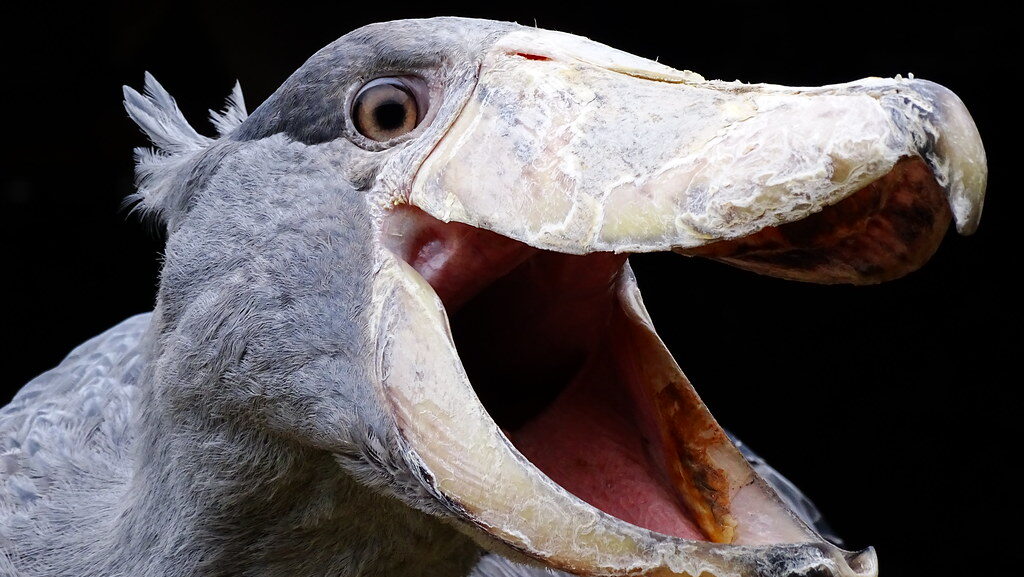
The shoebill’s predicament raises profound questions about the nature of adaptation and specialization in evolutionary biology. Specialization represents an evolutionary trade-off—investing deeply in specific adaptations while sacrificing flexibility. This strategy yields tremendous advantages in stable environments but creates inherent vulnerabilities to change. The shoebill’s massive bill, perfect for capturing lungfish but energetically expensive to grow and maintain, exemplifies this trade-off. If hunting abilities disappeared, this specialized anatomy would become a costly liability rather than an asset. This scenario illustrates a broader pattern in evolution: extreme specialization often represents an evolutionary dead-end when conditions change dramatically. The philosophical question emerges: is specialization itself a risky evolutionary strategy in a world of increasing environmental volatility? The shoebill’s potential crisis would suggest that while specialization can create magnificent adaptations, it may become increasingly hazardous in the Anthropocene era of rapid human-driven environmental change.
Looking to the Future: Recovery Potential and Lessons
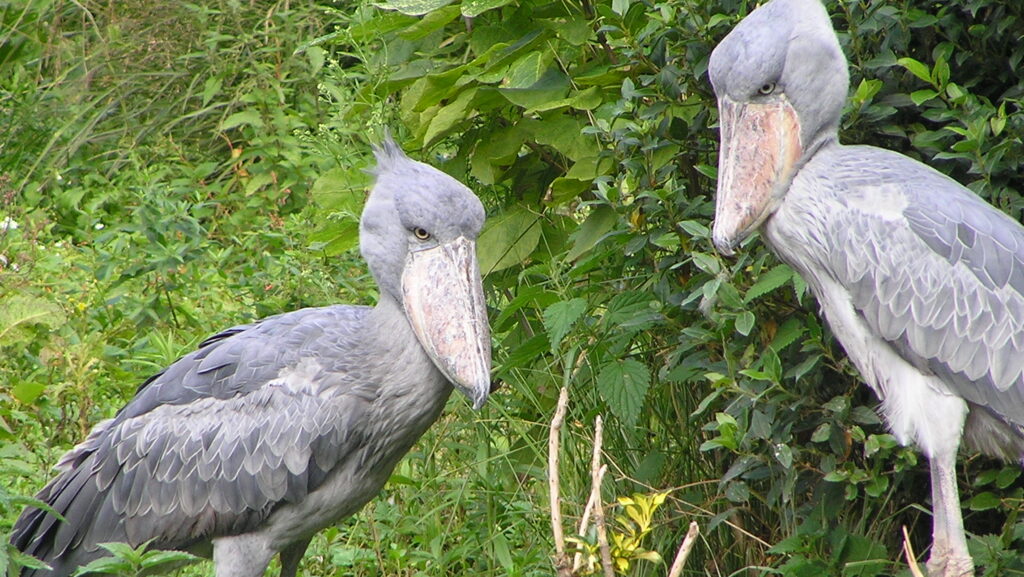
The long-term recovery potential for shoebills following a hunting crisis would depend on multiple factors including the cause of the hunting failure, remaining population size, habitat quality, and conservation investment. If the impairment stemmed from a temporary environmental factor that could be mitigated, recovery might occur within a few generations once normal hunting behavior resumed. If genetic factors were involved, recovery timelines would extend significantly, potentially requiring centuries for natural selection to restore effective hunting behaviors. The shoebill’s naturally low reproductive rate—typically raising just one chick every 2-3 years—would further extend recovery timelines compared to more fecund species. Perhaps the most valuable outcome of such a crisis would be the lessons learned about specialized adaptation vulnerability, providing insights applicable to conservation strategies for other highly specialized species worldwide. By understanding how specialized hunting tactics create both remarkable abilities and potential vulnerabilities, conservation biologists could develop more effective protection strategies for similarly adapted species facing an increasingly unpredictable future.
Conclusion
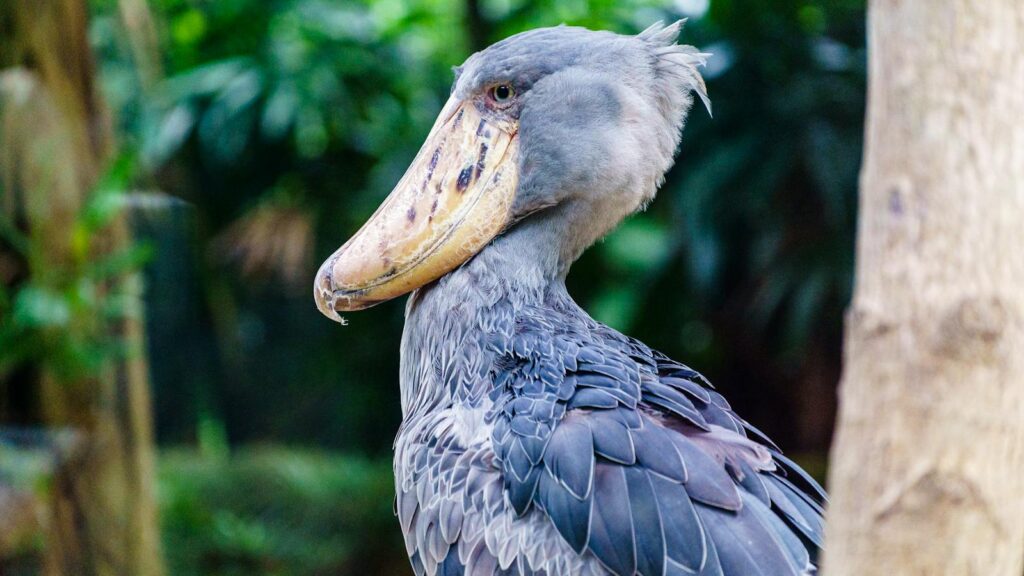
The disappearance of the shoebill’s hunting tactics would represent far more than the loss of a fascinating wildlife behavior—it would threaten the existence of an entire species and impact the complex wetland ecosystems where these remarkable birds play a crucial role. This scenario highlights the delicate balance between specialization and adaptability in nature, reminding us that even the most perfectly adapted species remain vulnerable when the conditions that shaped their evolution change dramatically. As we face a future of increasing environmental uncertainty, the shoebill’s predicament serves as a powerful reminder of the fragility inherent in specialization and the responsibility we bear to preserve the conditions that allow such specialized species to thrive. In protecting the shoebill and its hunting grounds, we protect not just a magnificent bird but a living example of evolution’s astounding power to create specialized adaptations that, in their perfect fit to specific ecological niches, border on the miraculous.
